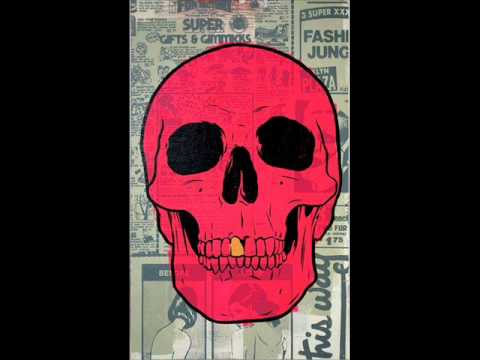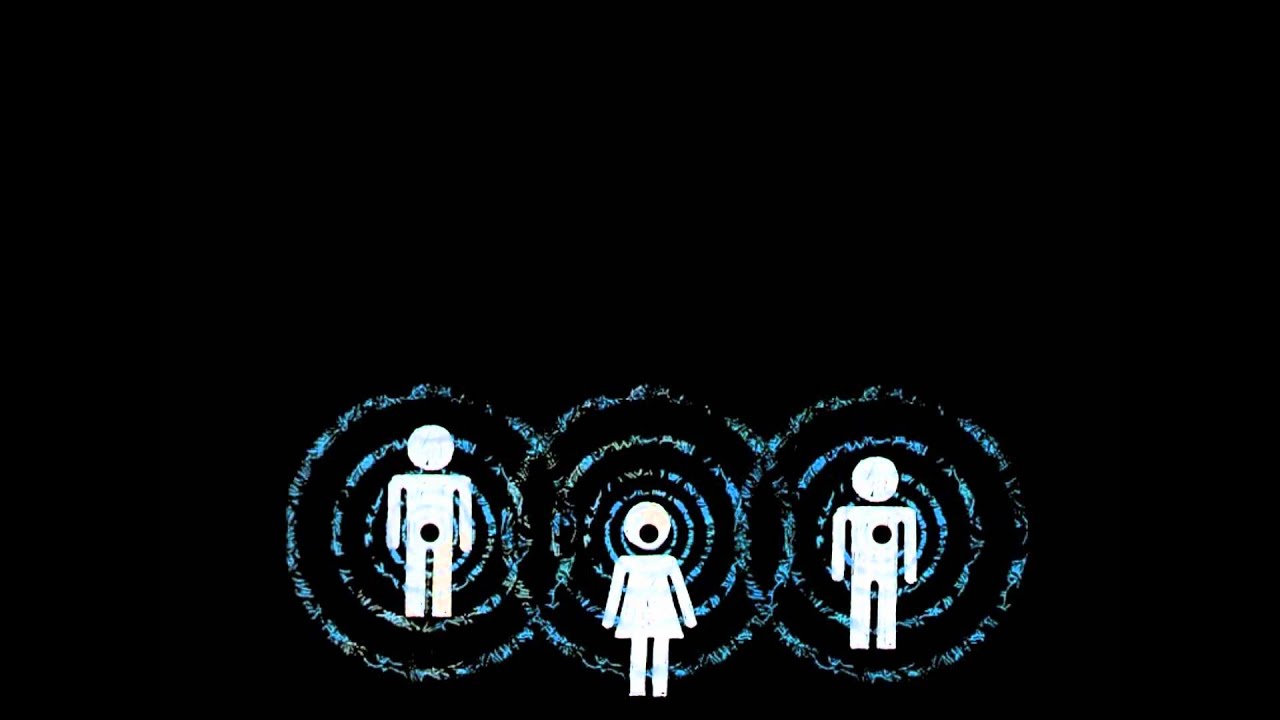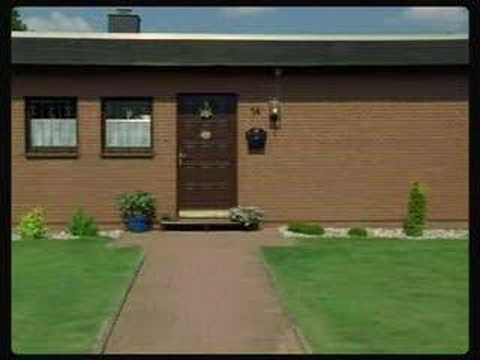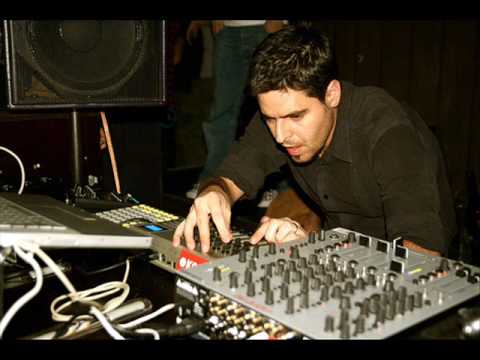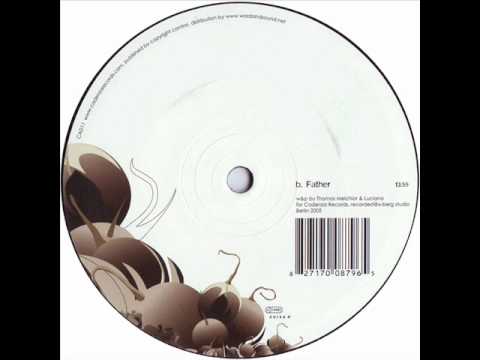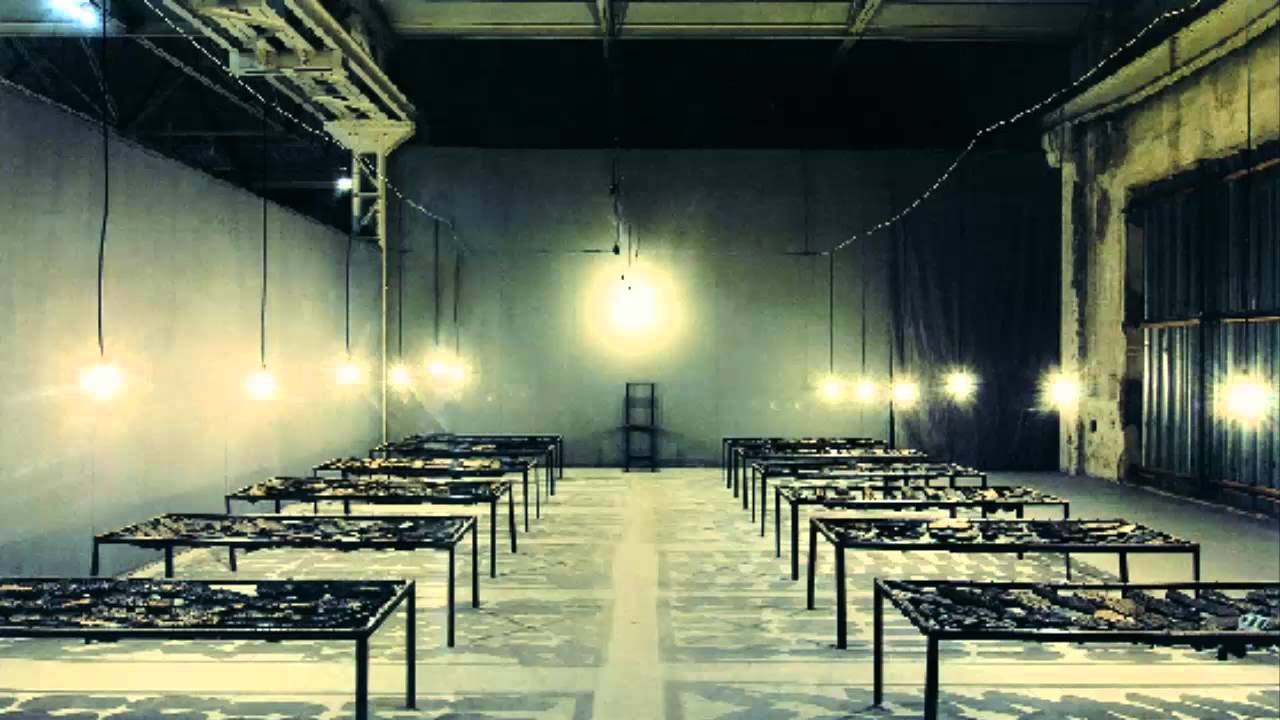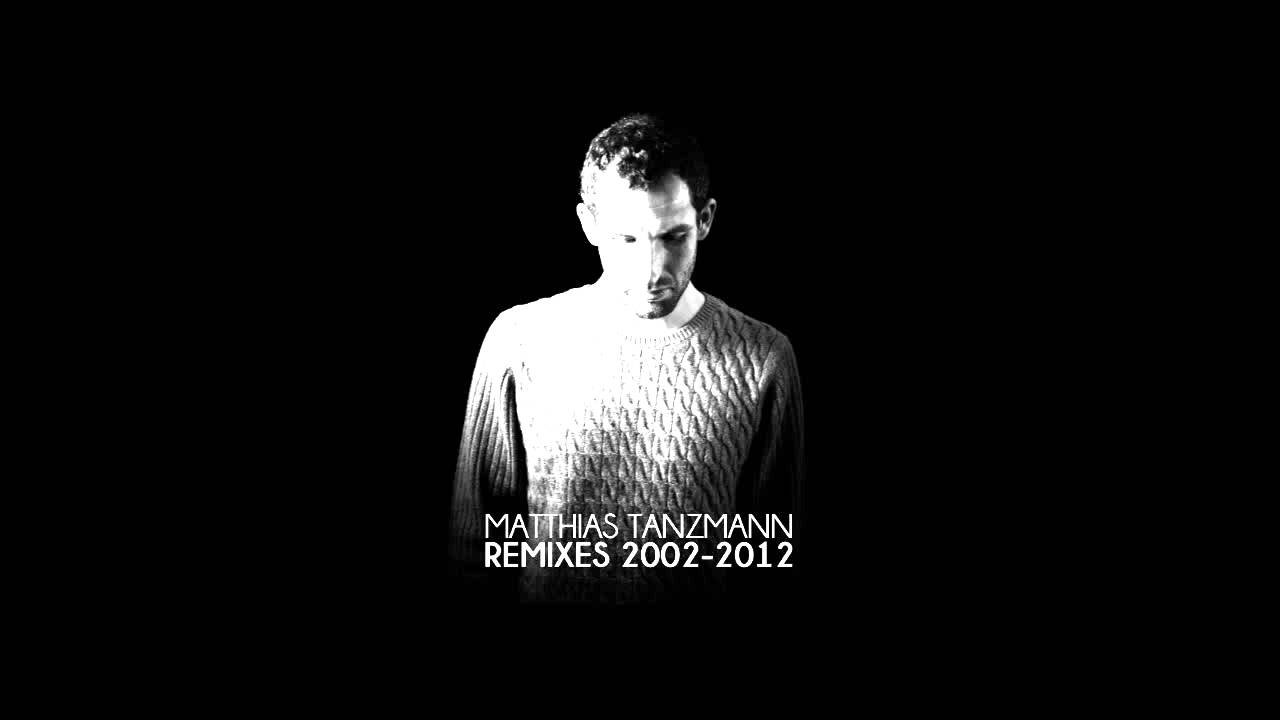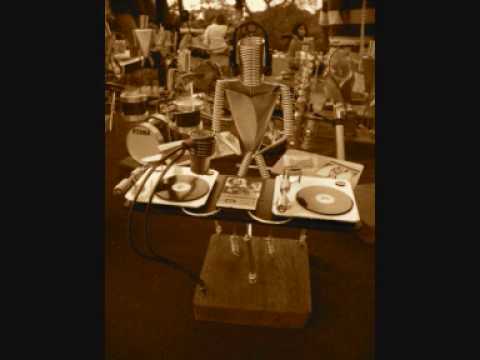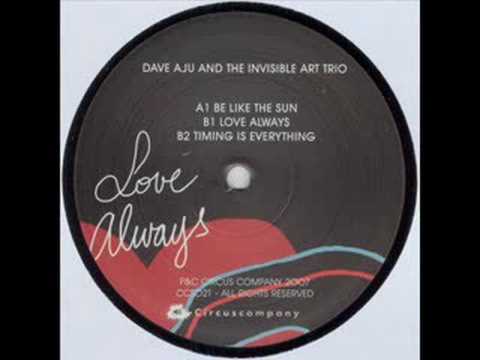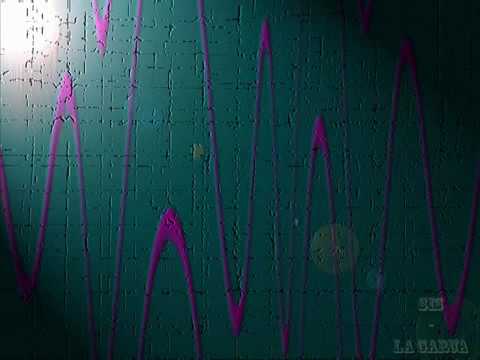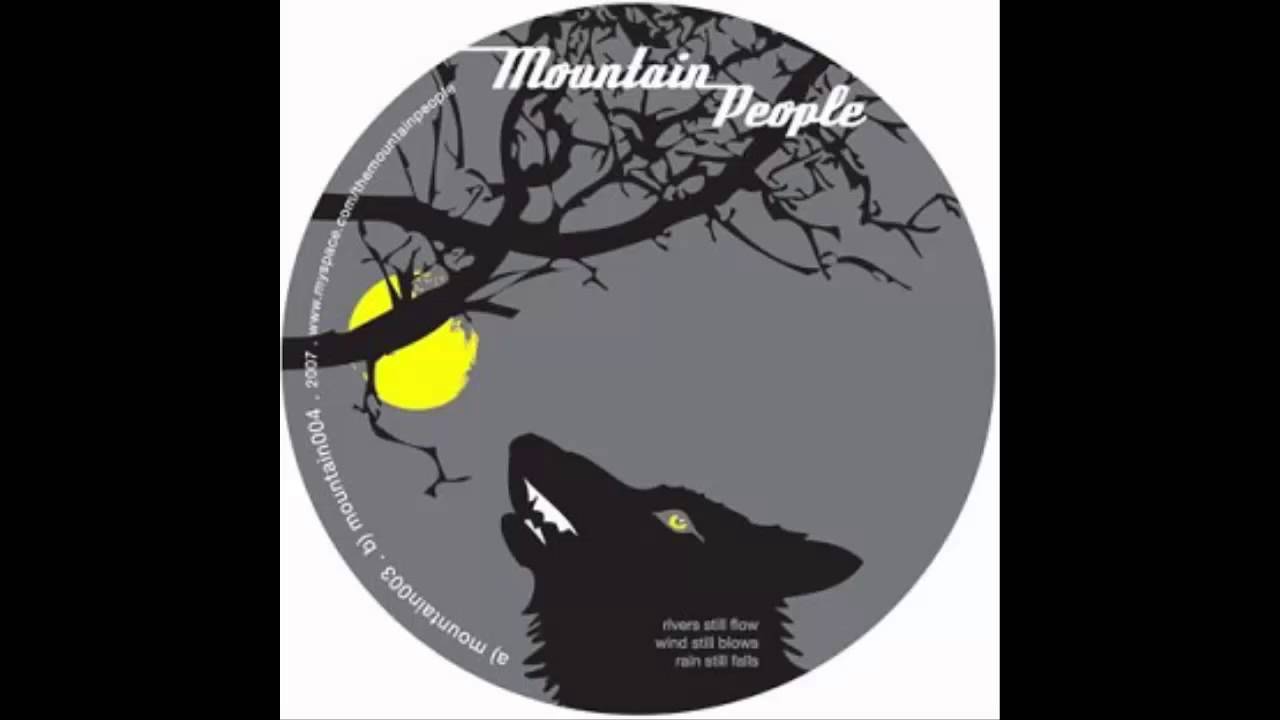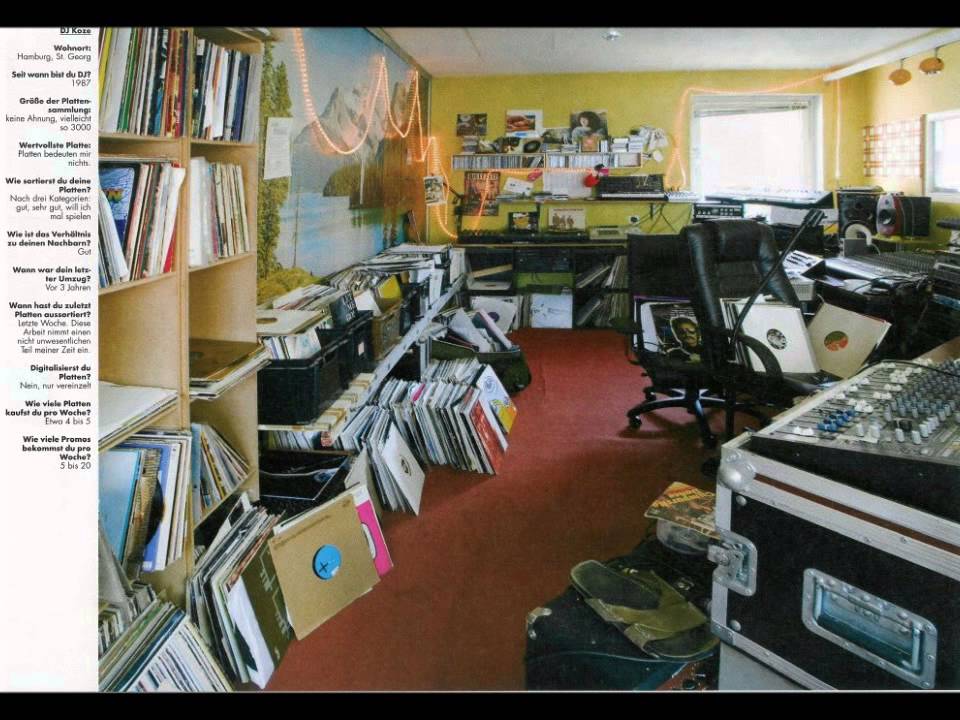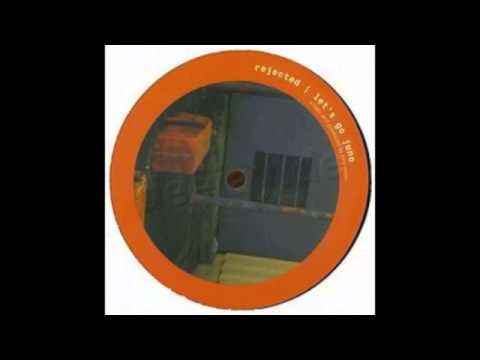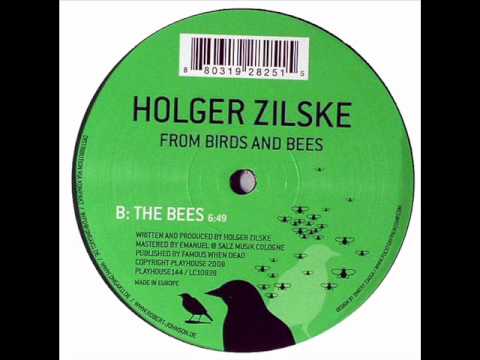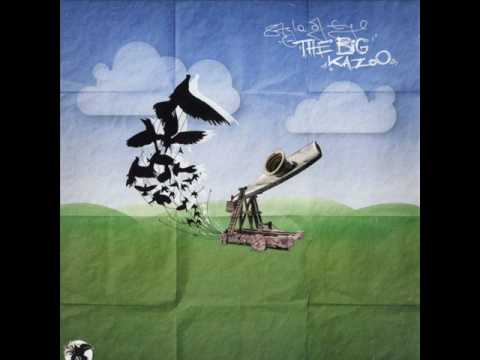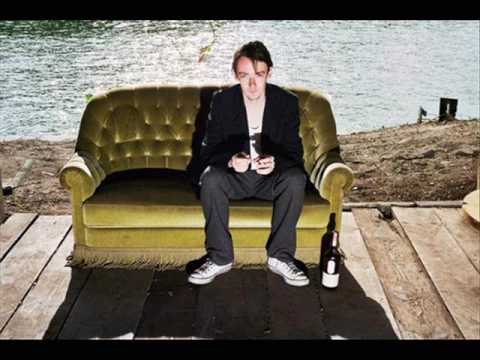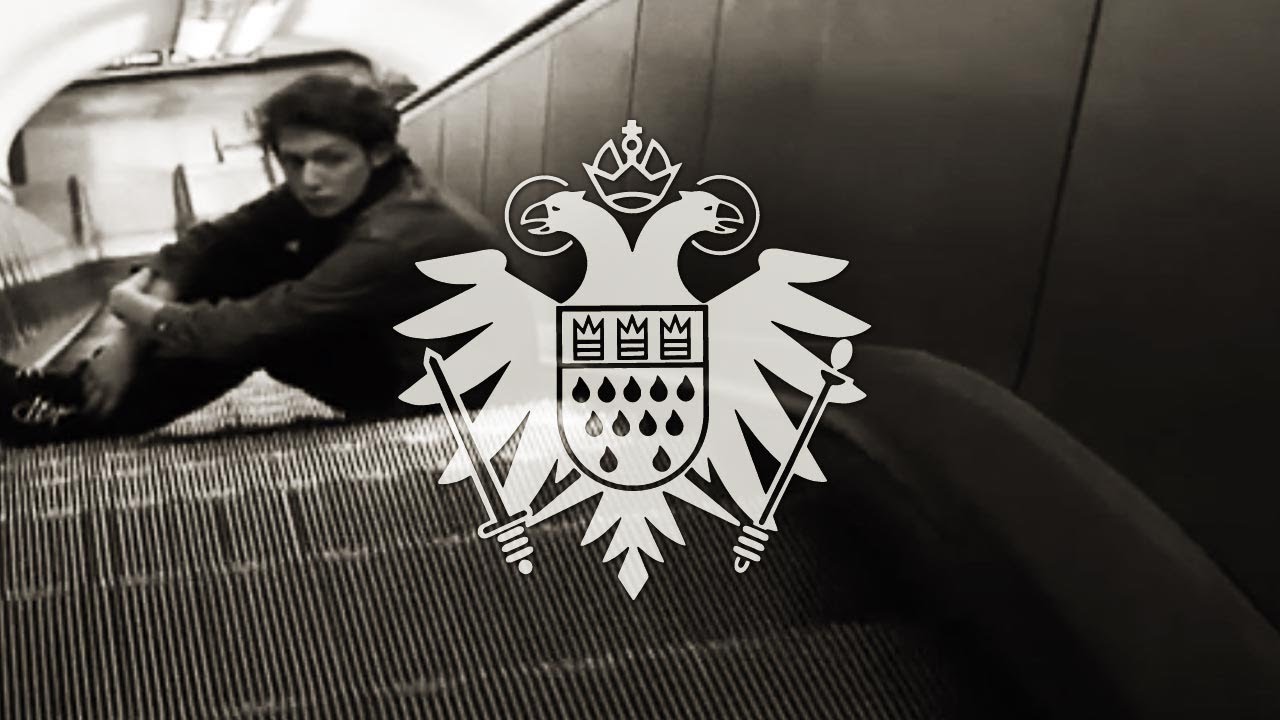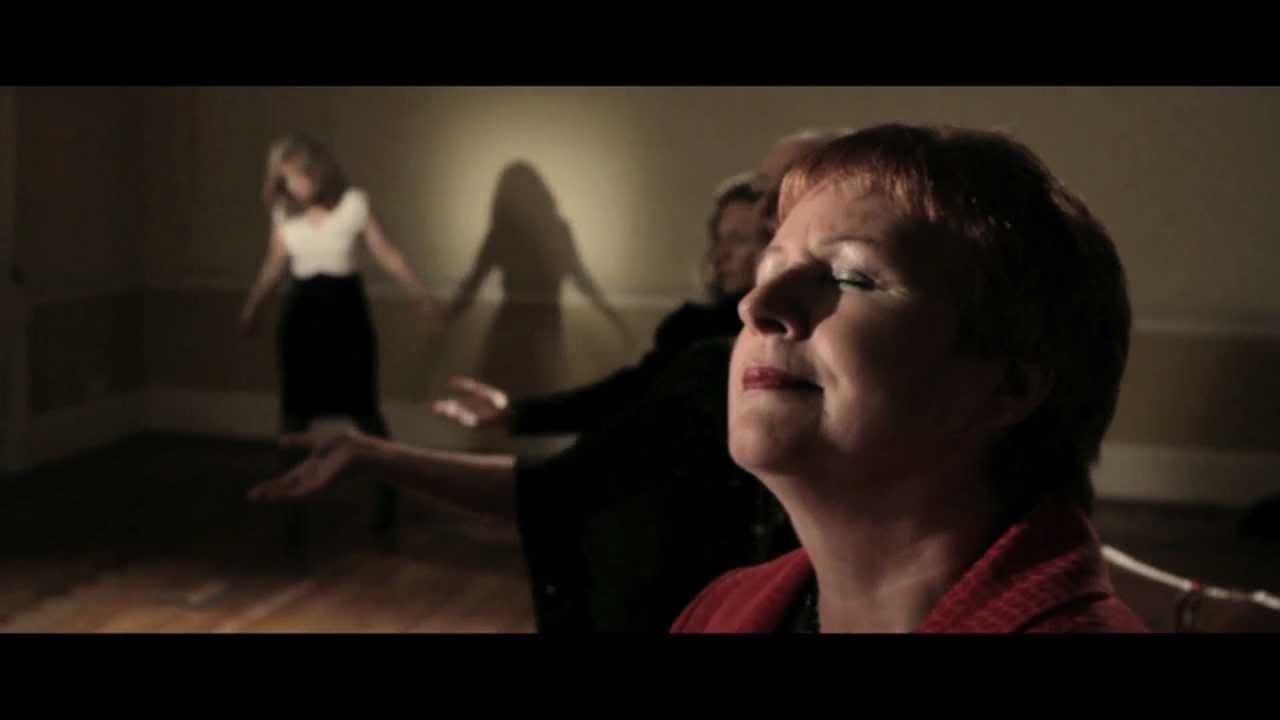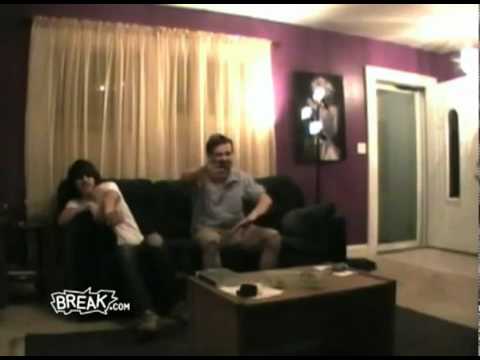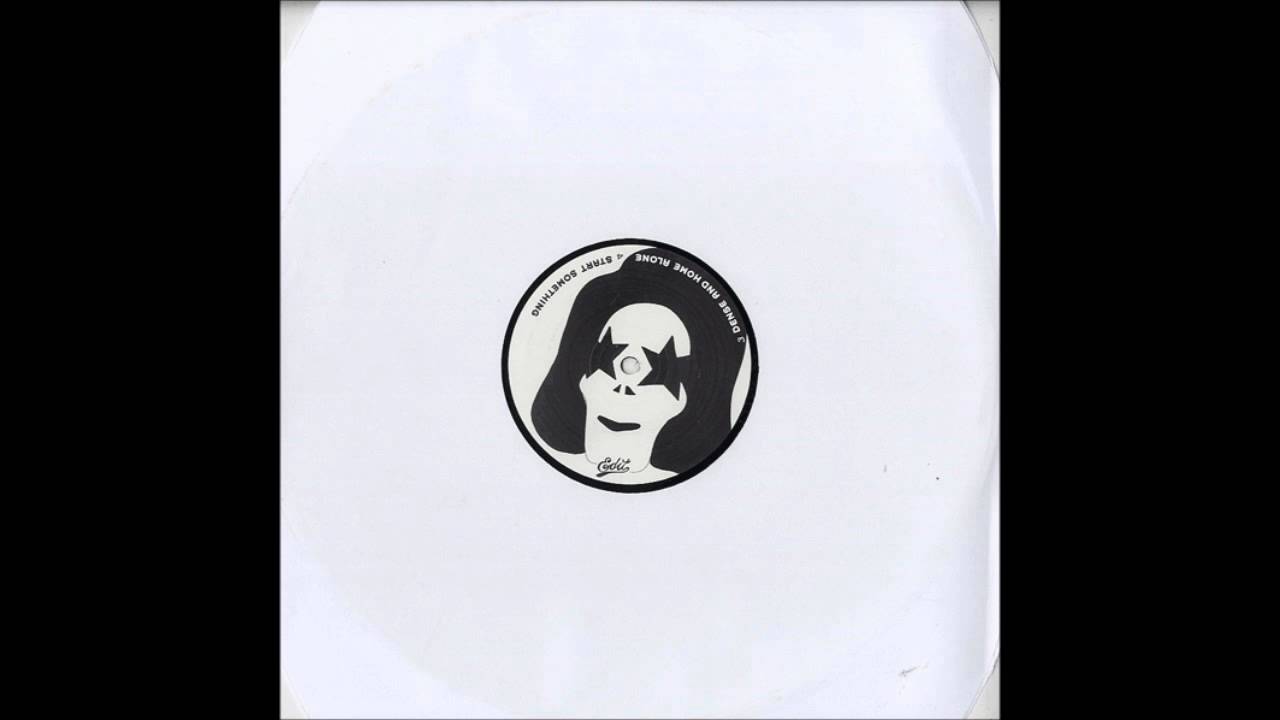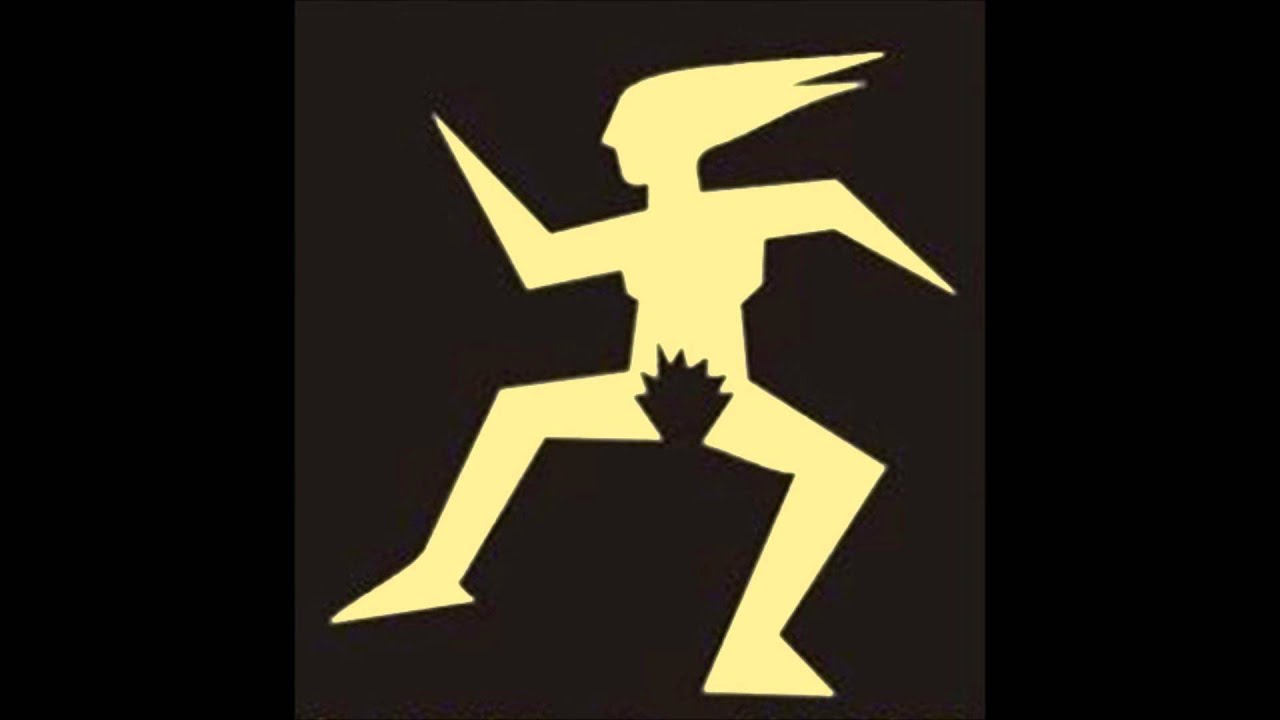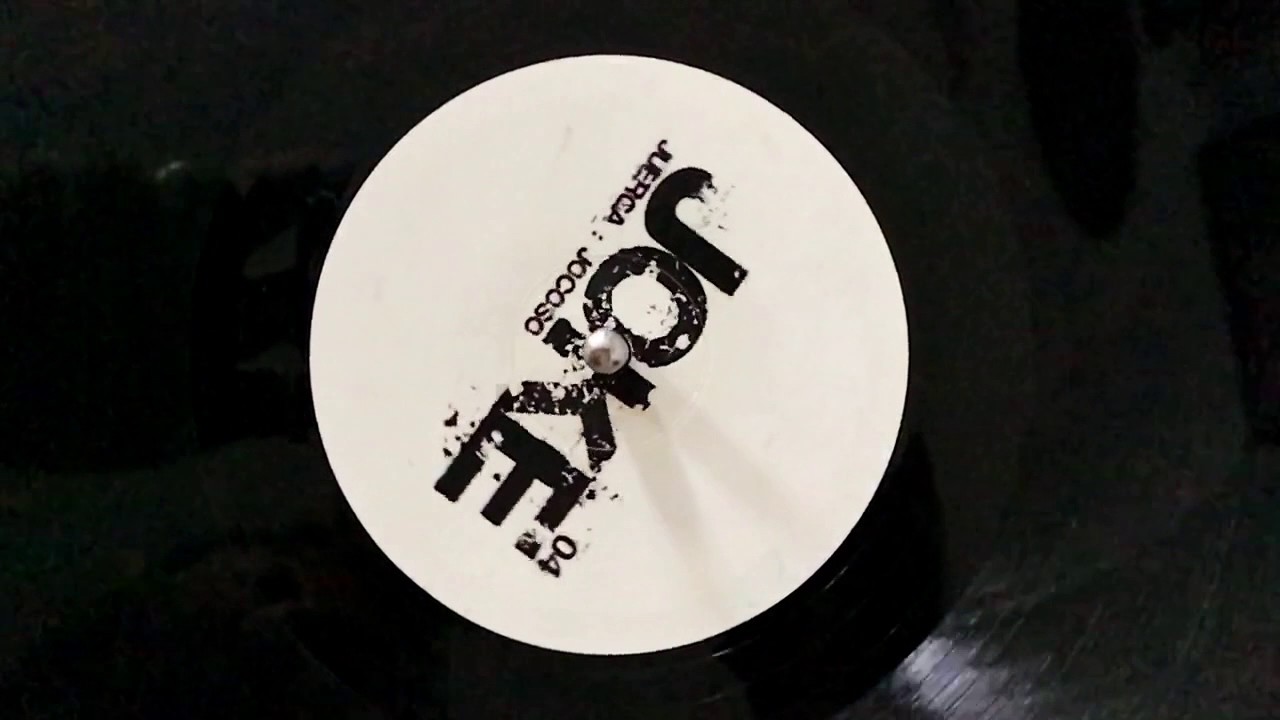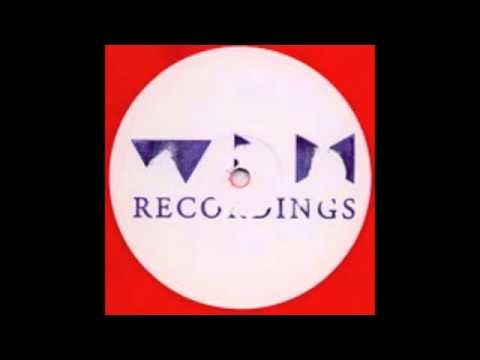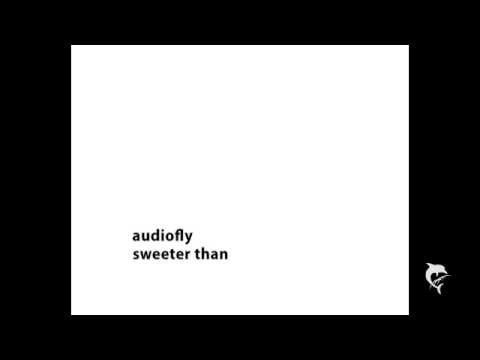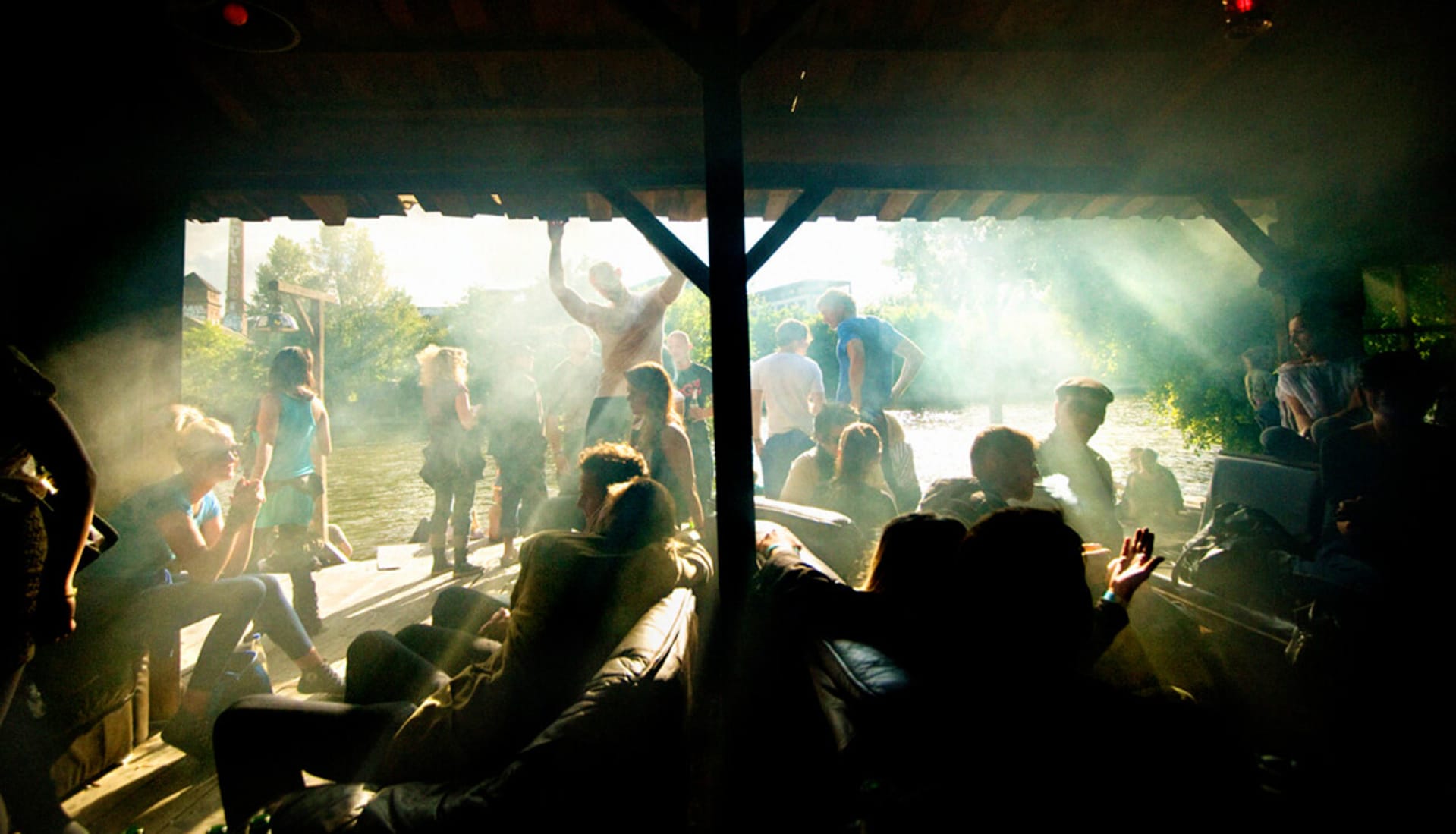
25 Anthems From Berlin’s Legendarily Wild Bar25
Although it closed in 2010, Bar25 still holds a very special place in Berlin clubbing history. Established in 2004, it introduced a hedonistic playground atmosphere to a scene that often preferred to appear somber and serious. There are countless tales about what wild abandon took place between the wooden fence that shielded it from everyday life and its naturally occurring other boundary, the Spree river, where from the opposite bank or passing boats you could watch a very escapist crowd roam the vast area on marathon weekends. Its soundtrack of minimal and quirky tech-house grooves that still work even when squashed by a limiter is now synonymous with the Berlin party experience. So, too, are the Bar’s improvised wooden interiors and psychedelic decor, which spawned a legion of other clubs to follow suit since its closure.
Now rejuvenated as part of the Holzmarkt project in the same space, we’re taking a look back at the sounds that represented the club. In order to do this, we enlisted someone very close to the project who could share some of his favorite memories from the tiny space along the way: Jake The Rapper, a former Bar25 resident DJ.
Mathew Jonson, “New Identity” (Itiswhatitis 2001)
“This is an excellent example of original minimal, and minimal was my gateway into the whole techno scene and, later, Bar25. I feel like there were a lot of parallel scenes happening in the Bar at the same time, so I can’t really say this was the blueprint for ‘the Bar25 sound’, but it’s definitely the one I went deep on. When other DJs and their fans would take over right after something I was into, I’d be like, ‘What is this? This is totally different. I don’t get it’—which is just fine, as the place fed on variety and experimentation. There was also a whole other floor called The Circus that was dedicated exclusively to weirdness and avant-garde music. It was a very open time for music and a very open place. It certainly expanded my tastes and skills and every other part of my mind. But this track, although it came out three years before Bar25 opened, definitely laid the groundwork for the kind of vibe that was really appreciated. This was deep and trippy and softly took me to a place where I really wanted to go after dancing, partying and socializing—sometimes for days on end.”
Elektrochemie, “Pleasure Seeker” (Get Physical 2005)
“This has some elements of electroclash that were really big at the time. This was the same time when Peaches, Chilly Gonzales and so on were some the biggest Berlin acts. It definitely influenced pop music—and, of course, the Bar as well, although it generally went with a more minimal sound than this. This was a big banger in comparison to what usually came before and after it. Is it a bit cheesy? Yes it is. But it’s so smooth that it inevitably got everyone deep up in there and fully involved. Plus I had a few numbers that use this same half-tone progression, and I chose this one for being the most representative of that time and also one that is still playable today.”
Egoexpress, “Aranda” (Ladomat 2000 2005)
“I know this doesn’t even seem like a dance track at all—very mellow. But if I played this during the day between minimal tracks, people really loved it. it’s instantly recognizeable without being too poppy or kitschy; it’s deep without being too melancholic; it’s really quite a piece of work. The lyrics are just single nouns in a row—’a life, a room, a house, a street.’ It seems to comprise cut-up parts of a poem, and yet it expresses a mood and a scenario that’s somehow Lynchian. And then there are these minor guitar chords that go easy on ya. There’s no kick drum—or any drums per se—and yet it totally grooves and got people dancing, at least in the Ranchette at Bar25. That may be why the place was unique: you could really DJ tracks to celebrate their spirit without having to kowtow to dance floor dynamics. There was already such a suspense and energy there that, even when it was half full, a little would go a long way.”
Gui Boratto, “Arquipélago” (K2 2005)
“I feel like this track, despite the fact that it became a tech-house club hit nationally and internationally, nonetheless captured the sound of the Bar25. Remember that a lot of the time it was daytime, so something with a deep, warm sound made a lot more sense in bright sunlight than in a dark club. A lot of these kinds of songs gained popularity through the surge in open-airs and daytime clubs like Bar25. This might have put everybody to sleep in the average German dance club in 2005. But when it’s around midday and you’re sitting, looking out at the Spree while a light breeze makes the straw in your gin and tonic move around so you hear the ice in your glass tinkle…you see yourself reflected in your friend’s sunglasses and you look like you’re really enjoying yourself, and then this big soothing, massaging synth surface lifts you up and you have to just stand up and go YEAHHH! …yeah, that’s a Bar25 moment for me.”
Thomas Melchior & Luciano, “Father” (Cadenza 2006)
“It seems to me that Bar25 generally had a pretty subtle and gentle vibe compared to other clubs at the time, and that—if nothing else—ended up being their signature: soft and sometimes weird. This track is really an excellent example: it seems like every punch is pulled and it’s almost falling over itself in an effort to be soft and quiet. But it can’t help having this deep grooving power to it. It’s very minimal, very repetitive, but also very haunting and enthralling. I get really caught up every time I hear it, even right now. Just drifting away into those gently plonking wood and steel drum tones and that lower pelvis boom. Drifting away…”
Donnacha Costello, “6.6” (Minimise 2006)
“Sure, the vocal has a great message, and it was fun to laugh when, after a very personal confession about walking alone and crying for three days, the narrator says, ‘Well, that’s enough…fuck it!’ But that in itself does not make a great track. The way this great vocal sample is supported by a very unique, funky minimal techno instrumental really made it a seminal track. The fact that it stems from a session where the artist made a new track every day for a month adds to the mythos around it. But really, just listen to that bouncy, chunky adept minimal groove. ‘Everything continues. Everything continues. Everything continues.’”
Marlow & Delhia, “Movin (Matthias Tanzmann Remix)” (Moon Harbour 2006)
“This is a very percussive track, and percussive tracks played a big role in the Bar25 sound. Remember: the sound system was really quiet, and percussion is something you can enjoy at any volume. For deep and pumping bass, on the other hand, you need volume. So that deficit and learning to work around it affected the Bar25 sound. I remember playing live there in 2005 for the first time, and it was so quiet that a couple of people yelled ‘Play louder!’ because they literally couldn’t hear me. Eventually I was like, ‘If you stop yelling for me to play louder and just quiet down and stop talking, you’ll be able to hear me.’ They did, and we all quietly grooved out. It got better the next year, after they worked on the acoustics and people could actually enjoy the music without shushing each other the whole time. But it was still probably the quietest dance floor in Berlin. So interesting, percussive grooves where a big kick drum wasn’t the main focus were indeed very appealing.”
Laps, “Fog Off” (Smallville 2007)
“You may that notice a lot of the tracks I put in here are from 2007. That’s because that was a very pivotal year for me personally. I had just figured out how to DJ well, and Bar25 was really supporting me by giving me a lot of opportunities to play out and discover myself. I moved to Berlin in 2005, and in 2006 I started DJing at Wir Sind Park and at Bar25 by the end of the year. By 2007 I was fully in it. I would have loved to have given you all a totally objective list of the ‘true’ Bar25 sound, but that would be impossible because there were just too many different sounds from too many different DJs. So all I can give you is my personal account, and you’ll notice 2007 was a big player. And you’ll also notice a repetitive minimalism with a particular bassy groove and swing to it. That would be my Bar25 sound of that time, and therefore the Bar25 sound I now give you.”
Dave Aju And The Invisible Art Trio, “Be Like The Sun” (Circus Company 2007)
“You can’t imagine how fun it was to bring this out in the mornings. And ‘Breakfast’ by Lele—but this one seems to have held up better over the years. It’s a nice recounting of the power and importance of the sun in a slowed-down, sleepy voice, which is perfect for those who danced all night and face the beauty of the day. The bassline is still deeply entrenched in the club sound of the night, but the gentle percussions allow you to make the transition from night to day. I’ve played this at night too—it’s actually a very versatile track, as all of my absolute favorites seem to be. Smooth. Funky. Powerful.”
Sis, “Orgsa” (Cécille 2007)
“Sis got a lot of play in Bar25—and especially this song. If there was one song I had to pick from this list which was supposed to cover as much of the Bar25 sound as possible, I’d probably pick this one. It’s got the groove, the melody, the gentleness, the suspense, the trippiness—everything I associate with the Bar25. I’m sure a lot of other Bar25 DJs played the shit out of this one.”
Serafin & Roman Bruderer, “Mountain People 004” (Mountain People 2007)
“This track basically has one single groove and is what DJs call a ‘tool’ because you’re supposed to use it as a tool and make music with it by mixing it constantly. But even though nothing really happens in this track, it slowly opens up like a flower over nine minutes. And as you can’t really focus on the very simple, happy melody for very long, you start to drift off and think about something else. But your mind is guided by the happy little melody that you’re no longer paying attention to, and it makes you do a happy meditation. It was made by Swiss guys, and I just love the Swiss and their hand for subtlety. This chord progression could easily be incredibly corny if anything dramatic actually happened in this song, but it doesn’t. So we’re safe to lose ourselves in this cheerful Swiss house music, yay.”
DJ Koze, “All The Time” (Philpot 2007)
“Koze was another one of those guys who really defined the Bar25 sound on a larger scale—not just my sound. Everybody was playing the shit out of his tracks, and for good reason. I’d say his sound really summed up the attitude there: subtle and weird. It was trippy and unconventional without being so disturbing as to make you lose your dance step. It seemed to really make you think (although I was never quite sure what about), and it still grooved. Koze has a gigantic sense of humor in everything he makes, and humor was a very important part of Bar25 since the beginning—maybe the most important part. Koze was funny, Matt John was funny, and most of the stuff that happened in the Circus was bizarre and super funny. Humor is an integral part of survival when you let all the weirdness run rampant. And although you might not find parts to laugh about in this Koze song, understand that certain elements are so fun because they’re so odd. It’s a dry sense of humor in this one, but humor nonetheless.”
Markus Enochson, “Red Coffe” (Imprimé 2007)
https://www.youtube.com/watch?v=yABWSMa7LQU
“I had this record on red vinyl. I didn’t even know what it was called or who made it for the longest time. When I first started DJing, I did it by associating the sound with how the records looked. This worked most of the time, but not for labels that made multiple releases with very similar, homogenous covers. I remember detecting the perfect moment to start looking for and pull out the red record. It seems to be such a sleepy slow mess, and just as it seems like it’s about to fall apart on you, those housey synth stabs come in and save the day. It’s twisted and spun around itself, and yet it grooves along and keeps you believing. And then it melts down and builds up again. Whee! I feel so verspult. Don’t forget I was playing this several BPM slower than the original speed, which made it sound even wonkier.”
Rejected, “Lost” (Rejected 2007)
“My first instrument was the bass; I played it in a myriad of bands for 22 years before I started really DJing. So bass is one of the most important elements in my selection, as is funkiness. I played a lot of funk and slap bass back in the ‘80s. One of the Bar25 bosses once told my father that I had brought the funk to Bar25. I really appreciated that secret compliment, mostly because I think that had always been my intention. In addition to tracks with good basslines, I chose a lot with really slow climaxes for Bar25. People weren’t in a hurry, but I did like to get them slowly riled up. And a gentle but insistent climax like in this song was just the thing. Certainly not every track, because everything gets boring fast, but the occasional buildup like this really kept things lively when it was Sunday or Monday and the party had started on Friday.”
Holger Zilske, “The Bees” (Playhouse 2008)
“DJ Kate Moss actually played this in Bar25 first, and it blew my mind. So deep and funky, yet so twisted and spun! Exactly what I loved and looked for. It soon went on heavy rotation in my Bar sets. The chord progression that turns up after a while really makes it. You had to use chord progressions pretty carefully in the club because they easily became too much in such a minimal context. But the trippy, swirly confusion of this song really made a lot of room for that chord progression to come in. The whole song seems confused and yet so funky that it doesn’t seem to care at all, so it’s fine. Confusion is fine.”
Style Of Eye, “The Big Kazoo” (Dirtybird 2008)
“First of all I need to mention that NOBODY played this track as fast as it plays on the YouTube version, which is the original version I guess. Most people in the club played around 120 BPM. So it wasn’t as hectic as all that when slowed down. But still, it’s a quirky track with a big rave element that leads to big rave climaxes. This is one of my most mainstream-sounding picks, but I feel like it really represents that side of Bar25. And even if it’s cheesy, I still like to hear it today, unlike a lot of the other cheesy stuff we used to play from that time. I again mention humor in music when talking about this track, as I could never avoid imagining an army of clowns honking their red noses and attacking in droves on bicycles, riding up and down mountains on the highway, headed right for us, relentless.”
Brian Cares & Jake The Rapper, “Hey DJ” (Bar25 2009)
“This track is based on a true story—well, a lot of true stories, but one in particular inspired me to write this one. I was DJing at a very makeshift party in Essen that was weird but good: super full and with a great crowd. The promoters had no clue about technical stuff, though, so they just slapped two turntables onto a card table in the middle of the dance floor. This was back when I only played vinyl. Everybody was super drunk. Every time people danced too hard, the record would skip. One guy was particularly drunk, and he’d just stare at me with these glassy eyes. Every time he started getting into the music, he’d start slamming one of his hips into the table to the beat, which would immediately make the record skip and everyone would look at me angrily, including this guy. I kept trying to shout over the music and explaining to him that he had to ‘STOP HITTING THE TABLE’ but he just didn’t get it. Eventually I had to DJ with one hand while I reached over and physically held this dude at arm’s length away from the table so that he couldn’t hump it. He looked at me with confusion and indignation the whole time while I mixed with one hand and his hips bobbed in the air, hoping for a last little bit of table action.”
Superpitcher, “Rabbit’s In A Hurry” (Kompakt 2010)
“When they were making the Bar25 film, they wrote me and asked me if I could ask Superpitcher to give them the rights to play this track during the part where I was DJing, since I’d played it so many times. He quickly said yes, and now it’s in the movie, and I think it fits perfectly. Superpitcher himself is someone I followed from one of my very first musical discoveries to his collaboration work in Supermayer and beyond. He never ceases to amaze me. He always discovers some new way to blow me away. Love it.”
Caribou, “Sun” (City Slang 2010)
“This is another track that was, due to its constant repetition of the word ‘sun’, very appropriate to play during the day. But its constant build-up and joy actually reminds me of the hedonistic moments I had backstage rather than on the dance floor. The backstage and its backstage were really an important part of the whole Bar25 dynamic. Yes, my socialist heart would wither at the inequality of such an elitist structure, but it wasn’t one based on influence or wealth. It was based purely on enthusiasm and willingness to be an active participant and not just a consumer. If you showed up regularly and really understood and added to the atmosphere of the party, you would soon enter the backstage and be part of the really crazy, fun shit. But that crazy, fun shit didn’t stay back there, as there were constant pushes to get everyone to go back out front again and give the DJ some love. So even though what was probably the largest backstage in the world sounds snobbish, it wasn’t really. It was about dedication.”
Channel X “Snug Descent Featuring Jake The Rapper (Oliver Koletzki Remix)” (Stil Vor Talent 2010)
“I was thinking of a very specific couch in the Bar25 when I wrote this song. There was one in the main dance area and another backstage we would often end up sinking into. Whether it was music, musing, conversation, meditation, or just off-your-headedness, the couch was the place that was always there when you need it to pass out on, so relaxed. Sometimes it’s all you’ve ever wanted, sometimes it’s all you ever need.”
Unknown Artist, “Thank You Michael” (2010)
“This track was a requiem for Michael Jackson, and that was a big deal at the time. It sounds so acoustic, stripped-down and ultra-simplistic that I feel it belongs in the category of ‘minimal.’ It was amazing to play because the crowd would go absolutely crazy every time that tiny snippet of ‘Billie Jean’ comes in. This was actually a Superpitcher track—can I say that now? It also has a great speech by Farrakhan. A lot of white, middle-class DJs sampled Martin Luther King, Jr., to get that message of unity and inclusion and revolution into their tracks, but many black people found that to be condescending appropriation, because MLK was specifically a spokesperson for a hard-won battle against racism they faced every day. Farrakhan’s speech, on the other hand, has a similar message, but it’s about a man who encompassed all races and classes and was radically inclusive, and it’s really nice to hear that message without all the appropriation or white guilt. I know all that is going to sound very dated and very American to you now. But it’s a thing.”
Matt John, “Olga Dancekowski” (Bar25 2007)
“Matt was a driving force behind Bar25. He was, in my memory, one of the first resident DJs to make it big. And he did that slowly and always gave us the tracks he produced and played first. Then we would all play them relentlessly, causing them to seep into the very wood of the bar itself and become one with it and us, until eventually after a couple of years we couldn’t stand listening to it anymore. Then it would get released somewhere and we’d laugh because, just as others were finally getting to hear it, we couldn’t hear that track anymore and had since received new Matt John productions that were blowing our minds and keeping us dancing. Here again: subtle, driving, groovy and weird. Important aspects of Bar25 all represented.”
Unkown Artist, “Juerca” (Joke 2009)
“I couldn’t find this track anywhere online, so I uploaded it myself because it was important to me that you hear it. It doesn’t seem to have the oomph that it should, maybe because I recorded it on my home system, and as you can hear, the record is trashed. I carried it around me to every gig for five years straight. The tribute vocals and the smooth house groove was just the thing I enjoyed presenting. And these house chords sent chills down my spine. He asks ‘Can you feel it?’, and more here than in any other track, the answer was always inevitably, ‘Yes I can!’”
Maxim Lany, “Cuncambias” (We Play House 2010)
“This one was always hard at the start, because the kick drum and the clap are a lot rougher than most of the stuff I played at the time. So it would come in—DOOM DOOM DOOM KLATSCH!—and people were likely to be a bit taken aback. But then the soft, soothing and slightly melancholy melody would kick in, and the crowd would go, ‘Ahhh.’ When the Spanish singing came in, people would go ‘Ahhh!’ And then the synth would open up wide and become this crazy, vengeful accordion monster, and the audience would go ‘AHHHH!’”
Audiofly X, “Sweeter Than” (Supernature 2010)
“Again: subtle, funky, groovy, trippy. Lots of percussion for when you couldn’t hear the bass too well, and a deep rolling bass for the times you could. It also contains the best aspect of minimal music, which was taking one single element and really turning it into a central theme that you could lose yourself in without it being a big bombastic melody or a story you had to follow. And then the filtered vocals really give you that tripping feeling, and the anti-climax breakdown. Yes, this is really an excellent representation of what we played and why. It sends chills down my spine listening to it again. Ahh. When that single chunky synth stab that’s so short it works like percussion comes in after the breakdown and the groovy beat comes back in, yeah!”
Read previous Anthems From columns here.
Published July 21, 2017.

